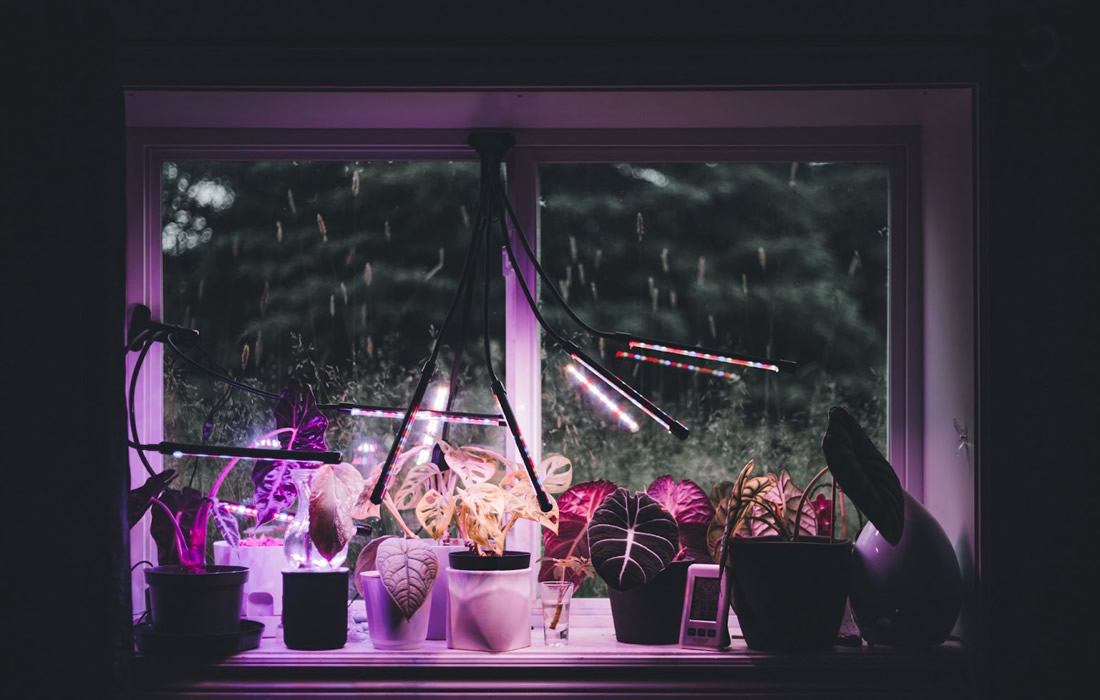COVID-19
Mechanisms of SARS-CoV-2 Inactivation Using UVC Laser Radiation
SARS-CoV-2 viral particles are composed of a core of nucleic acid chains that contain the genetic information of the virus, surrounded by a lipid membrane with proteinous spikes sticking out.
Each component is necessary for infection.
Researchers from the University of Southampton investigated how ultraviolet laser light destroys the virus by impacting each of these critical components.
By using a specialized ultraviolet laser at two different wavelengths the scientists were able to determine how each viral component degraded under the bright light.
They found the genomic material was highly sensitive to degradation and protein spikes lost their ability to bind to human cells.
UV light includes UVA, UVB and UVC light. Very little UVC light at frequencies below 280 nm reaches the earth’s surface from the sun.
It is this lesser studied UVC light that the team in Southampton used for their study due to its disinfectant properties.
UVC light is strongly absorbed by different viral components, including the genetic material (~260nm) and the proteinous spikes (~230 nm), allowing the team to select laser frequencies of 266 nm and 227 nm for the project.
The team found that 266nm light caused RNA damage at low powers, affecting the genetic information of the virus.
266 nm light also damaged the structure of the SARS-CoV-2 spike protein, reducing its ability to bind to human cells by breaking down disulphide bonds and aromatic amino acids.
The 227nm light was less effective at inducing RNA damage, but more effective at damaging proteins through oxidation (a chemical reaction involving oxygen) which unfolds the protein’s structure.
Importantly, SARS-CoV-2 has among the largest genomes for RNA viruses.
This makes it especially sensitive to genomic damage.
Professor Mahajan said: “Light deactivation of airborne viruses offers a versatile tool for disinfection of our public spaces and sensitive equipment that may otherwise prove difficult to decontaminate with conventional methods. Now we understand the differential sensitivity of molecular components in viruses to light deactivation; this opens up the possibility of a finely tuned disinfection technology.”
Sources:
George Devitt, Peter B. Johnson, Niall Hanrahan, Simon I. R. Lane, Magdalena C. Vidale, Bhavwanti Sheth, Joel D. Allen, Maria V. Humbert, Cosma M. Spalluto, Rodolphe C. Hervé, Karl Staples, Jonathan J. West, Robert Forster, Nullin Divecha, Christopher J. McCormick, Max Crispin, Nils Hempler, Graeme P. A. Malcolm, Sumeet Mahajan. Mechanisms of SARS-CoV-2 Inactivation Using UVC Laser Radiation. ACS Photonics, 2023; DOI: 10.1021/acsphotonics.3c00828
University of Southampton. “Scientists discover how ultraviolet light degrades coronavirus.” ScienceDaily. ScienceDaily, 10 January 2024. <www.sciencedaily.com/releases/2024/01/240110120320.htm>.
Materials provided by University of Southampton. Note: Content may be edited for style and length.
Images from:
Photo by Erik Mclean
https://www.pexels.com/photo/luces-ventana-plantas-en-maceta-luminiscencia-12698668/

